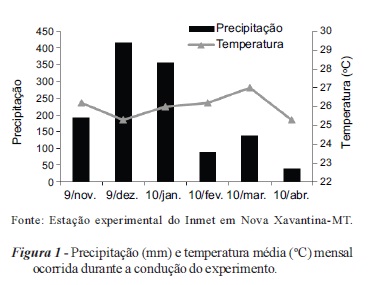This study aimed to evaluate the selectivity of the ALS-inhibitors recommended for flooded rice when applied at different development stages of upland rice. The experiment was conducted in the field, in Nova Xavantina-MT, from November 2009 to April 2010, arranged in a randomized block design in a factorial scheme 5 x 3,consisting of the herbicide treatments (penoxsulam (36 g ha-1); bispyribac-Na (50 g ha-1); pirazosulfuron-ethyl (20 g ha 1), 2,4-D (670 g ha-1) and weed control. The herbicides were applied at 15, 30, and 45 days after emergence (DAE), totaling 15 treatments with four replications. At 7, 14, and 28 days after herbicide application (DAA), the following assessments were carried out: crop phytotoxicity, plant height, biomass, number of panicle m-2, grains per panicle-1 and productivity. The highest phytotoxicity rates were observed in plants treated with bispyribac-Na, applied at 15 and 30 DAE. The rice plants recovered from plant height reduction caused by the herbicides after 28 DAA. As to the ALS- inhibitors, penoxsulam showed potential for use in upland rice, since it does not reduce rice productivity.
penoxsulam; bispyribac-Na; pirazosulfuron-ethyl; phytotoxicity; productivity







